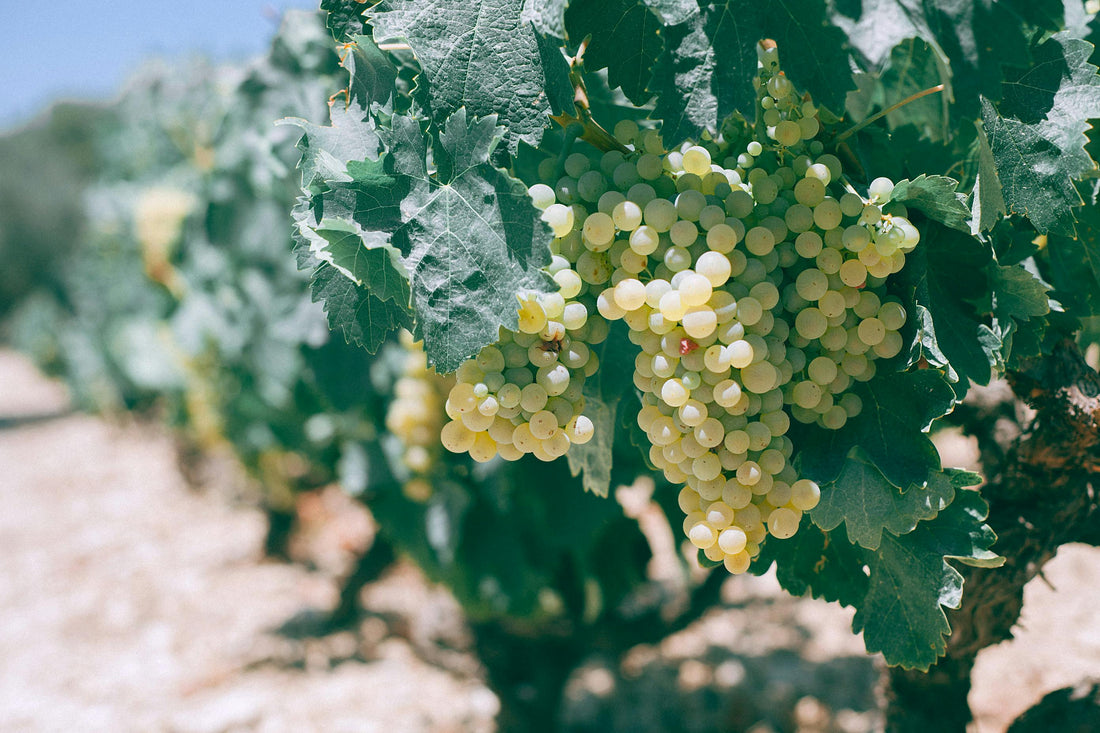- Clonal or massale selection? Where do I stand?
This long-standing debate, which has been rather exploited, is actually pointless. Some have said that “clones are by no means compatible with the concepts of diversity and complexity that are part of our winemaking history”. This goes without saying, since clonal selection only began in the early 1970s. But we must remember why we wished to make a clonal selection. Until then, any selection that had occurred had been so-called “massal” selection. Rather than buying grapevines from a nursery, massal selection consists of identifying the vines in the vineyard that bear the best fruit, or those that seem the most valuable in terms of the balance they create in the wines they produce. Then fragments of the vine shoot are taken, multiplied and then replanted. This type of selection is used by winegrowers who want to keep the viticultural heritage of a very old vine or improve the quality of a given grape variety. We did this using our old Malbec vines. This is also the first step in so-called clonal selection. Some winegrowers imagine that they will be able to obtain better, more complex wines and more resistant vines with plants produced by this type of selection thanks to their diversity. While it is true that massal selection offers greater variability and therefore heterogeneity than clonal selection, this is in fact the very problem. In addition, plants produced by massal selection are often excellent vectors of viral and untreatable grapevine degeneration diseases (leafroll, fanleaf, flavescence dorée, etc.). In terms of genetic diversity, it is epigenetic diversity, to be precise. If the massal selection vines were genetically different, they would no longer be able to be assimilated by the original cultivar (grape variety) but would instead constitute a new one. Epigenetic diversity is subject to the same type of genetic erosion during vegetative propagation, which therefore leads to a mitotic alteration of the transmissible epigenetic states, just as for clones.
Clonal selection is the second step after the initial massal selection. The most interesting vines are isolated and reproduced identically by taking cuttings and eliminating the least interesting plants from the initial selection. Their quality is therefore solely dependent on the selection criteria used. It is true that the first clonal selections were based primarily on production criteria. The quality was assessed based on the quantity produced per hectare and the vine’s capacity to store sugar. These criteria were limited when it came to producing high-quality wines! We were therefore all disappointed by these first clones, which have all been torn out since then. But this by no means calls the clonal selection itself into question. We now have a greater variety of clones selected according to much more complex criteria with an emphasis
1 https://en.wikipedia.org/wiki/Epigenetics
2 Epinetic diversity is linked in particular to the degree of DNA and histone methylation/acetylation constituting chromatin, to the presence of non-coding RNA, with all of these elements modifying how the genome is transcribed, even though it is the same one.
on quality. We therefore prefer to plant different plots with different clones, or different clones in the same plot, in order to recreate the diversity of expression that is absolutely vital.
Our ideological opponents will respond that the diversity introduced by a few clones is a far cry from the diversity offered by hundreds or even thousands of different individual vines in massal selection. There is some evidence backing this perspective, but no certainty in terms of tangible results! It is better for me to manage biodiversity as I see fit rather than having to endure biodiversity without understanding it. We will therefore continue to plant as many different clones of each variety as possible whenever their characteristics seem to suit our needs and then blend them during fermentation or later, in order to make the most of this complexity rather than passively enduring it. However, it will be necessary for vine nurseries to be able to provide us with the widest possible variety of clones in as short a time as possible.

